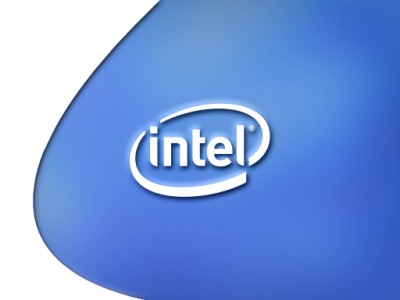Intel and GE team up on telemedicine
 New York - Going to the doctor could become a thing of the past for many people if the telemedicine plans by Intel and General Electric come to fruition.
New York - Going to the doctor could become a thing of the past for many people if the telemedicine plans by Intel and General Electric come to fruition.
The two giant US companies announced Thursday that they are teaming up to produce a line of medical devices, including one that would allow doctors to remotely monitor patients' health without them needing to visit the doctor's office.
The companies said they will invest a total of 250 million dollars to develop the Intel Health Guide and other products. The device, which Intel started marketing to healthcare providers and insurance companies in November 2008, allows physicians to video conference with patients, check vital signs like blood pressure and weight over the internet and provide patients with reminders related to their health.
Future versions of the telemedicine device could include video connections and other health monitoring systems. The products could represent a huge market in the US and around the world as health care systems struggle to deal with the medical costs of their ageing populations. By allowing medical workers to check patients and improve care outside of medical facilities such devices could save huge amounts, the companies said in announcing their alliance.
According to research firm Telehealth the market for home monitoring products in the US will grow from 3 billion dollars in 2009 to 7.7 billion dollars by 2012.
It should grow even faster after that as new technology comes online and the number of seniors grows. According to the US government 20 per cent of the US population, or 71.5 million people will be over 65 by the year 2030, compared to 37 million senior Americans in 2006.
"The GE and Intel partnership will not only help seniors and the chronically ill, but will also take a giant step forward in changing how healthcare is delivered," said Intel CEO Paul Otellini.
"Something like 80 per cent of the spending today in the health care system is on chronic care patients," said Otellini. "This has the potential to take that down dramatically because a day at home costs a heck of a lot less than a day in the hospital."
Otellini said that research showed that keeping patients in their homes for as long as possible is key to reducing expensive hospital care costs. Monitoring patients remotely allows them to live independently but still be monitored, he said, helping prevent complications that lead to high care costs. (dpa)